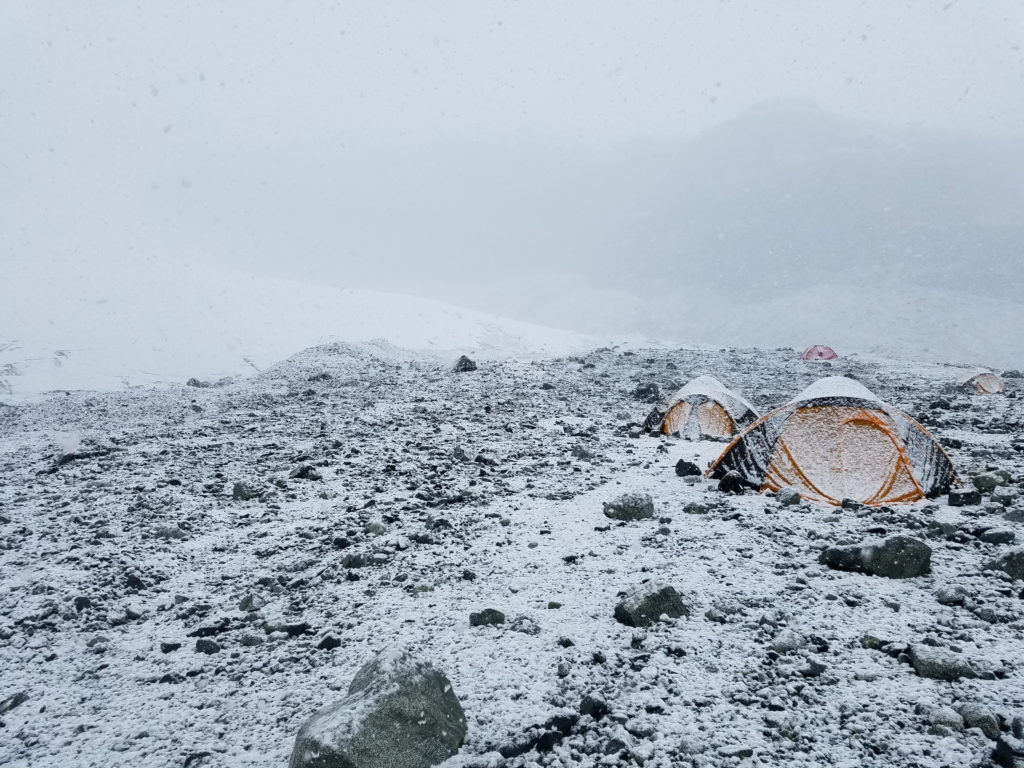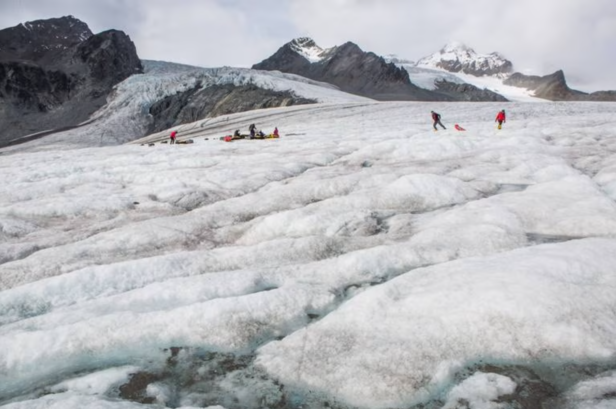This write-up is a continuation of the last newsletter where we used our sensors to measure seismic activity at the Gulkana glacier. The Silicon Audio team ventured out to the interiors of Alaska as an analog for Europa; there, we tested the viability of the experimental design of the proposed Europa lander. Although the team of scientists faced a few challenges, the mission was an overall success.


Our sensors were put to the test in low temperatures and functioned well. The ability to withstand the low temperatures of Europa is a necessary attribute for the sensors that will be placed on the lander. During the experiment, the glacier would slowly move causing the sensors to move along with it. This normally would be a problem, but due to the high tilt tolerance of our sensors it was able to overcome these conditions.

Of course, we know we can use seismic to measure the thickness of the ice, but the main purpose of this project was to determine if a seismic station could be rapidly deployed in icy conditions. The team discovered that the small table that was used needed to be stiffer in construction so the vibrations coming from the table were minimized. This caused an inability to differentiate the vibrations coming from the table versus the passive seismic. Changing the experimental design was a key lesson learned as well as the minimum amount of gear that was needed for future experiments.

The next steps of this project were to improve the lander design and continue testing in icy conditions such as Greenland. Stay tuned for the next newsletter where we dive deeper into the Greenland deployment.

